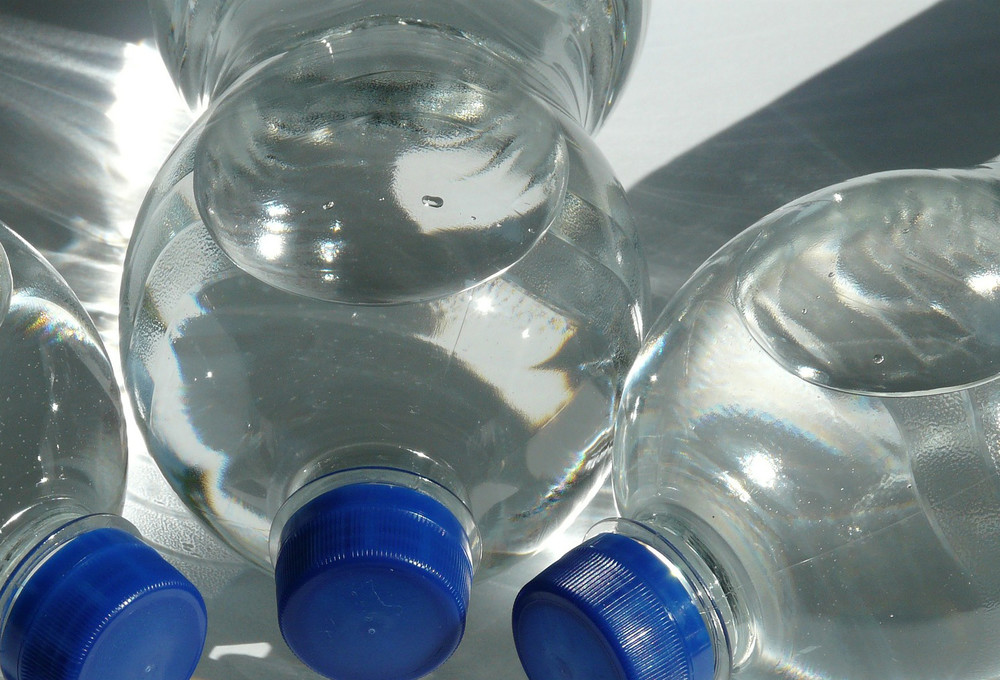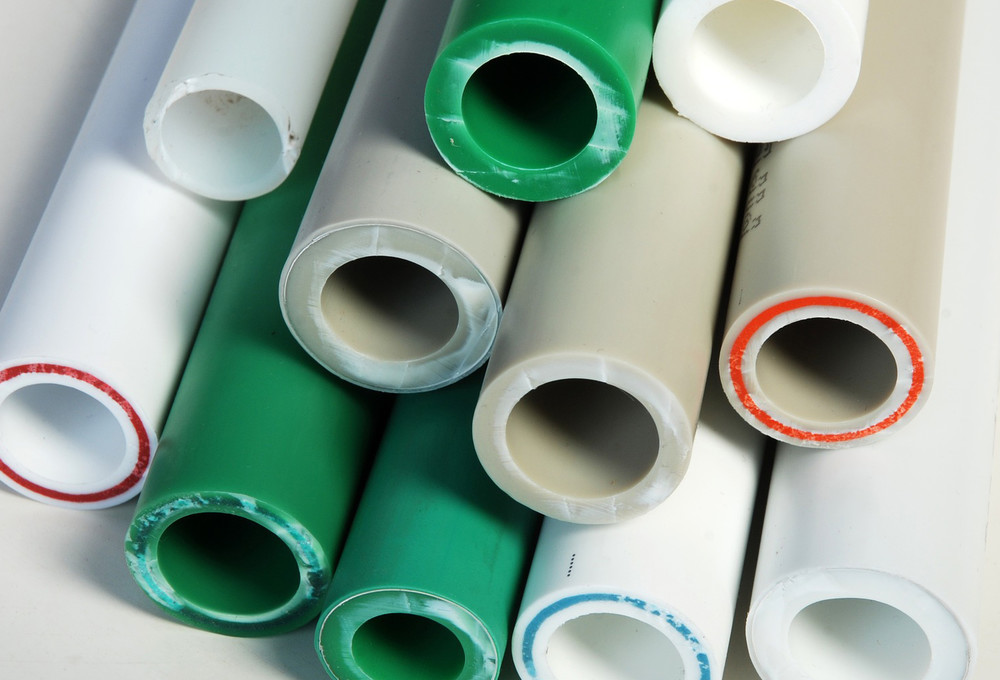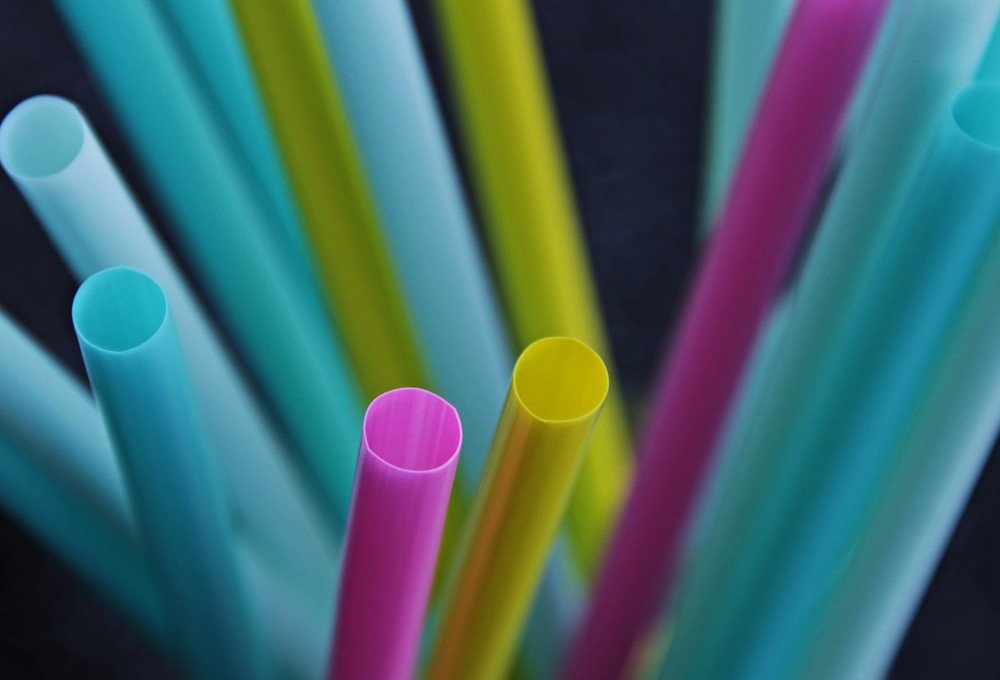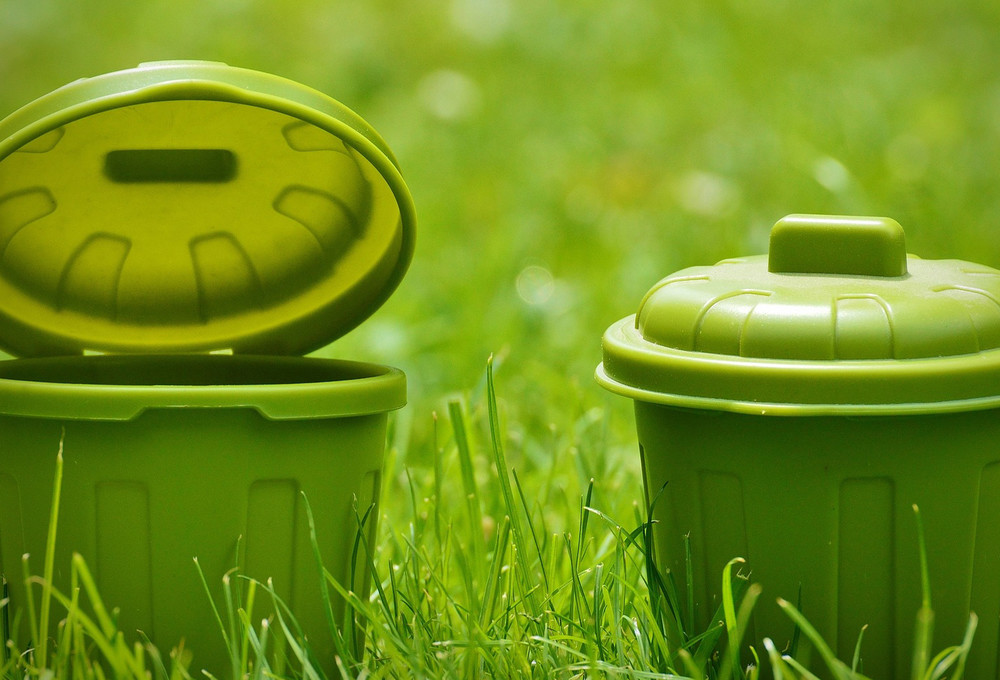Plastic and Petrochemical
We supply up to 5,000 tonnes a month in Asian Regions. Our networks with the partners world-wide, including Middle East’s Royal Company, make ourselves capable to satisfy our consumers’ variety of the needs.
Our supply chain is capable to meet diverse product specific requirements. We provide multinational customers with high quality plastic compounds including, HDPE, LDPE, PP and Engineering Plastics.
Uses of Plastic Resins
Polyethylene terephthalate (or PET)

PET or PETE (or the obsolete PETP or PET-P) is of the polyester family and is used in beverage, food and other liquid containers. PET can be semi-rigid to rigid and is very lightweight. It acts as a good barrier to alcohol (requires additional “Barrier” treatment) and solvents. It is strong, impact-resistant, and naturally colorless and transparent.
Common uses
soft drink bottles, cooking oil bottles, peanut butter jars, products containing essential oils, some fruit juices, alcohol beverage bottles, space blankets.
Polyvinyl chloride (or PVC)

Nearly 57% of PVC is chlorine, requiring less petroleum than other plastics. PVC is biologically and chemically resistant. It is the third most widely used plastic after PET and PP. PVC is ideal for storing shampoos, oils, and other chemicals. PVC plastic bottles are durable for long periods of time and can withstand various environmental demands.
Common uses
chemical spray bottles, pipes, electrical wire insulation, clothing, bags, upholstery, tubing, flooring, waterbeds, pool toys, bottles.
Polypropylene (or PP)

PP is often used for food packaging. It’s not as tough as HDPE, but it is less brittle. PP is less flexible than LDPE, somewhat stiffer than other plastics, reasonably economical, and can be translucent, opaque, or of any color. PP has very good resistance to fatigue. PP has a melting point of 320 °F (160 °C). Food containers will not melt in the dishwasher nor during industrial hot filling processes.
Common uses
bottle caps, drinking straws, hinged containers, battery cases, dairy tubs (e.g. sour cream, cottage cheese), cereal box liners.
High-density polyethelene (HDPE)

HPDE is made from petroleum. HDPE has a stronger intermolecular force and tensile strength than low density polyethylene (LDPE). It is also harder and more opaque and can withstand somewhat higher temperatures: 120 °C for short periods, 110 °C continuously.
Common uses
milk jugs, distilled water, large vinegar bottles, grocery bags, liquid laundry and dish detergent, fabric softener, motor oil, antifreeze, bleach and lotion.
Low-density polyethelene (or LDPE)

LDPE is made from oil. Its tensile strength and density is lower, but its resilience is higher than high-density polyethylene (HDPE). It can withstand temperatures of 80 °C continuously and 95 °C for a short time. It can be translucent or opaque, is flexible, tough, and almost unbreakable.
Common uses
dry-cleaning bags, produce bags, trash can liners, food storage containers, bread bags, squeezable containers, six pack soda can rings, food storage.
ABS

There are countless applications for ABS. Among the most widely identifiable are keys on a computer keyboards, power-tool housing, the plastic face-guard on wall sockets (Oftentimes a PC/ABS Blend), and LEGO toys.
